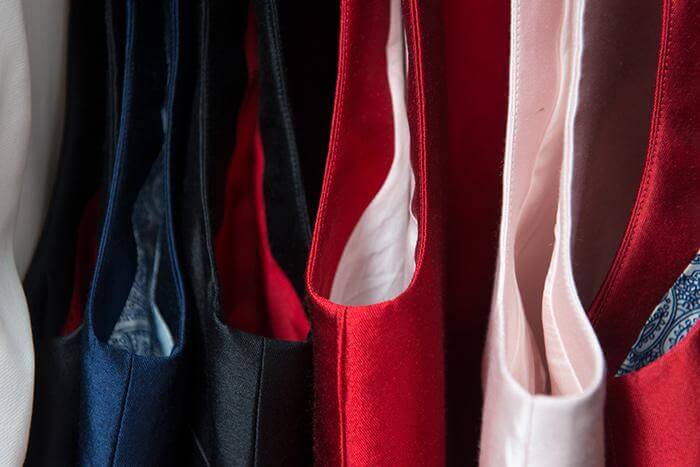In 1947 Christian Dior changed fashion history with his “New Look” collection. It was in this collection he introduced the Corolle line, a new silhouette that celebrated the feminine form, what we now know as the fit-and-flare, a style that is as relevant today as it was when it was originally introduced. Using iconic silhouettes like the Corolle line to guide our design philosophy is crucial to creating truly timeless garments.
The most sustainable thing any brand can do is create collections that stand the test of time in both design and quality construction.
Women want to shop responsibly, but they also want to be fashionable. They want their clothing to be ethically made, to flatter them and support their lifestyle.
People often classify “sustainable fashion” or “eco-fashion” brands as those who use organic cotton, hemp or recycled materials or participating in some myriad tech or certification schemes. But there’s rarely a discussion about how the styles at many of these brands are anything but timeless (or fashionable by many standards). And almost never a discussion about quality and how an item is constructed.
Quality and timelessness used to be standard in the fashion industry. Prior to the 1990s the majority of our clothing was made in the U.S. and made to last because trends lasted years. Feminine silhouettes defined 1950s. The 1960s were modern and simple, while the 1970s brought about a more ethnic and bohemian style. Until the early 2000s one could look at clothing and easily identify its era of influence. Today we live in a world of short-lived micro-trends brought about by the collapse in trade barriers in the late 90s. Manufacturing was outsourced to the lowest bidder and quality declined along with prices.
Ethical, organic, sustainable, fair trade — they are all great buzzwords, but if consumers really want to shop responsibly then they need to shop mindfully.
Fashion companies need to get back to basics and produce fashionable high quality, versatile wardrobe essentials. The market needs brands committed to making quality garments that are meant to be worn repeatedly and last for years. Increasing the utilization rate of our clothing has been shown repeatedly to be the most effective way to lower a garments carbon footprint by organizations like the Ellen MacArthur foundation.
It’s not only about wearing what you have more, but thinking about what you buy next, and how much it will be worn. It isn’t a label or a certification, it’s about use.


